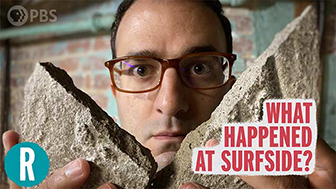A ban by the European Union on a number of pigments used in tattoo inks has sparked a conversation around their composition and safety. In this video, we dive into the science of these inks, explore the new ban and investigate how new pigments from the research world might expand the possibilities of tattoos from art to medical devices.
Sources:
- What's that stuff? Tattoo Ink
- What's In Tattoo Ink? Why Scientists Want To Know
- Why do tattoos stay in our skin?
- The (Un)Regulation of Tattoo Ink
- What's In Tattoo Ink? Why Scientists Want To Know
- New FDA Regulatory Framework for Cosmetics: The Modernization of Cosmetics Regulation Act of 2022 (MoCRA)
- What Is REACH and Why Does It Matter
- Tattoo industry faces an ink makeover
- Molecule of the Week Archive: Phthalocyanine
- Tattoos Can Theoretically Cause Cancer - So Can Removing Them
- Facts About Benzene
- National Library of Medicine: Hydrogen Cyanide
Formation of highly toxic hydrogen cyanide upon ruby laser irradiation of the tattoo pigment phthalocyanine blue - Transient immunoreactivity after laser tattoo removal: Report of two cases
- Committee for Risk Assessment (RAC)
- Tattoo inks: risk assessment for Pigment Blue 15:3 and Pigment Green 7
- Save the Pigments: EU Ban on Blue 15:3 and Green 7 - Part II
- What Chemicals are in Tattoo Ink?
- Dermal Tattoo Biosensors for Colorimetric Metabolite Detection
- Future looking less bright for EU tattoo artists









